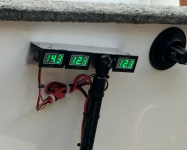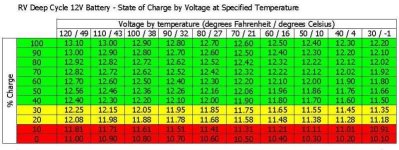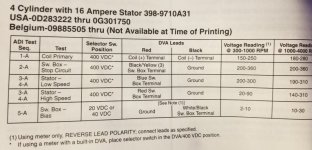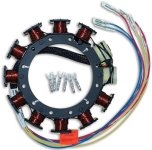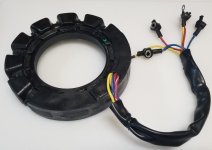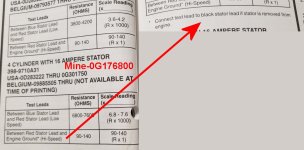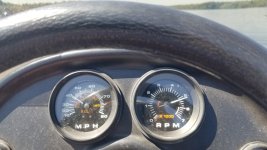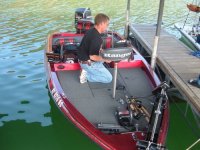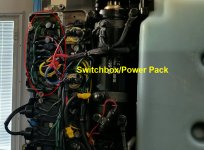My battery charges when the motor is running. I have 3 LED voltmeters mounted in the rear hatch so I can keep an eye on the batteries. This is a grab from a video while the motor was running, started from cold.Trigger circuit, not stator...mounted inside the inside diameter of the stator that charges the battery
I was thinking that if the stator tests bad, I might replace the trigger also, since the flywheel is off. (I'm pretty sure I know the lever you're talking about.)
My service manual was published December 1996 and covers US serial numbers 0D283222 and above, Belgium 09793577 and above
I had that flasher for many years and never had a problem. What a difference it made when you're looking for the dropoff. It was on a 15' Starcraft with a closed bow. I gave it to my brother who gave it to someone else. In my garage I happened to come across the owner's manual and a plastic red/white adjusting tool. Good times
